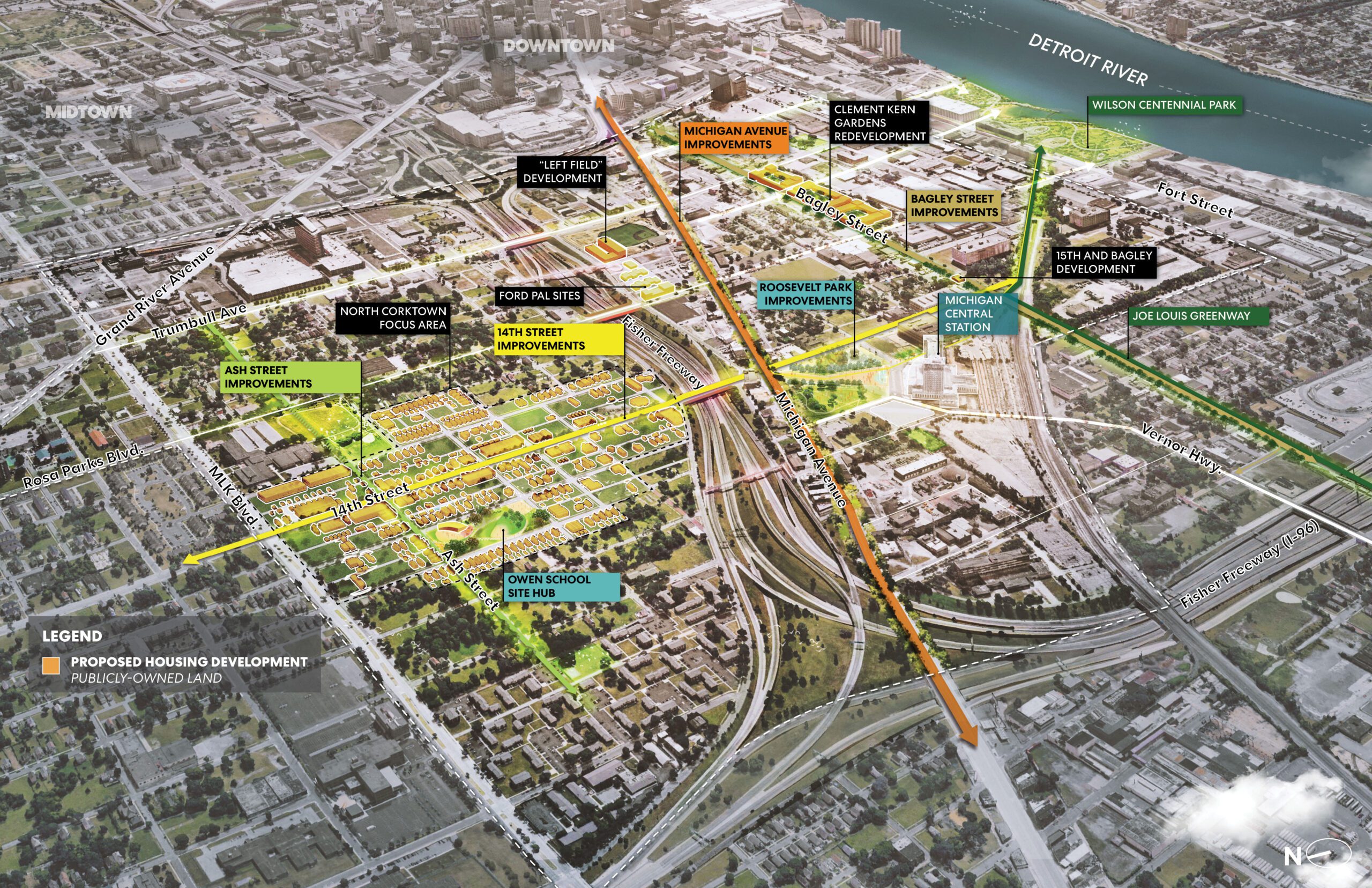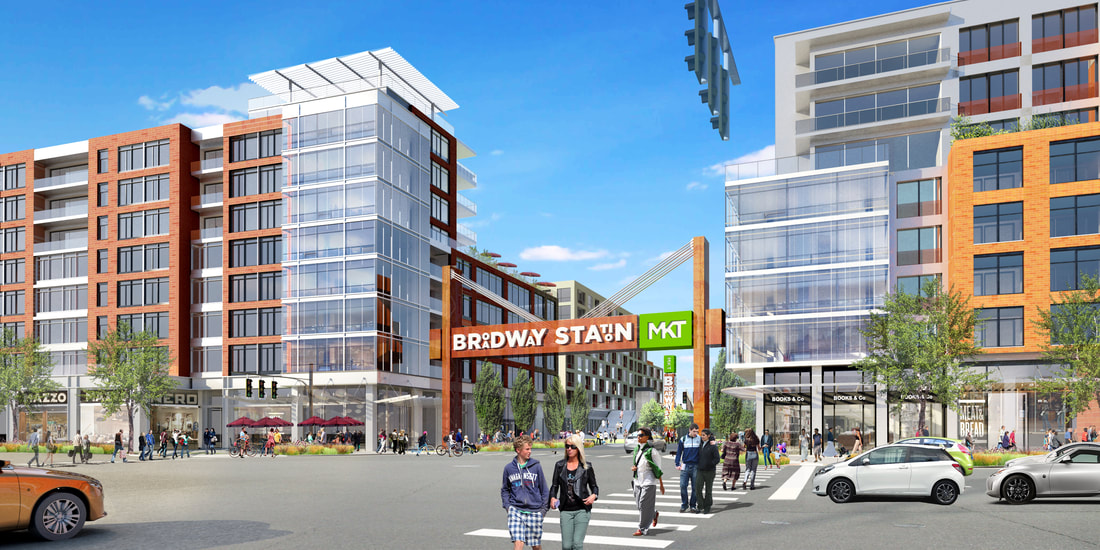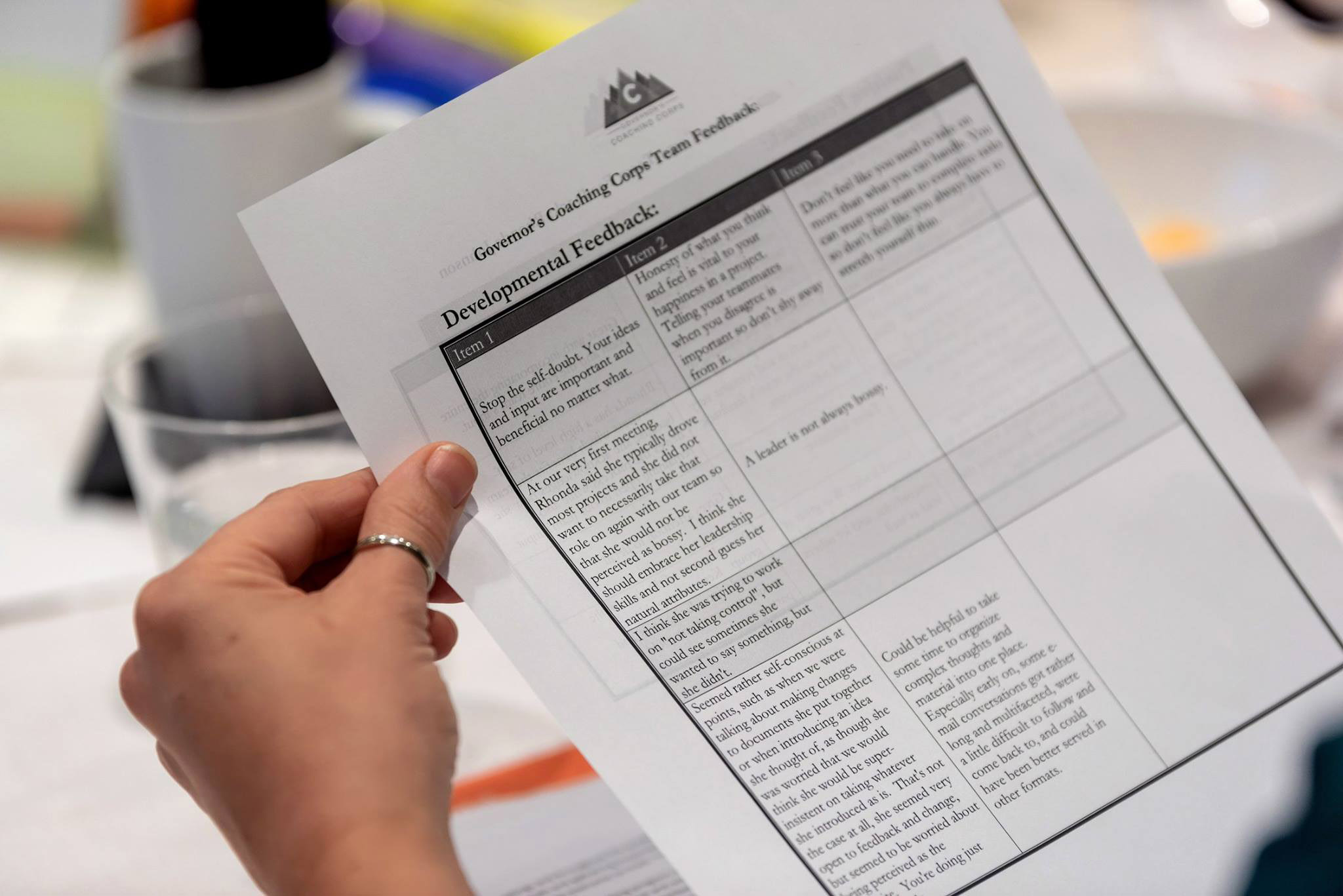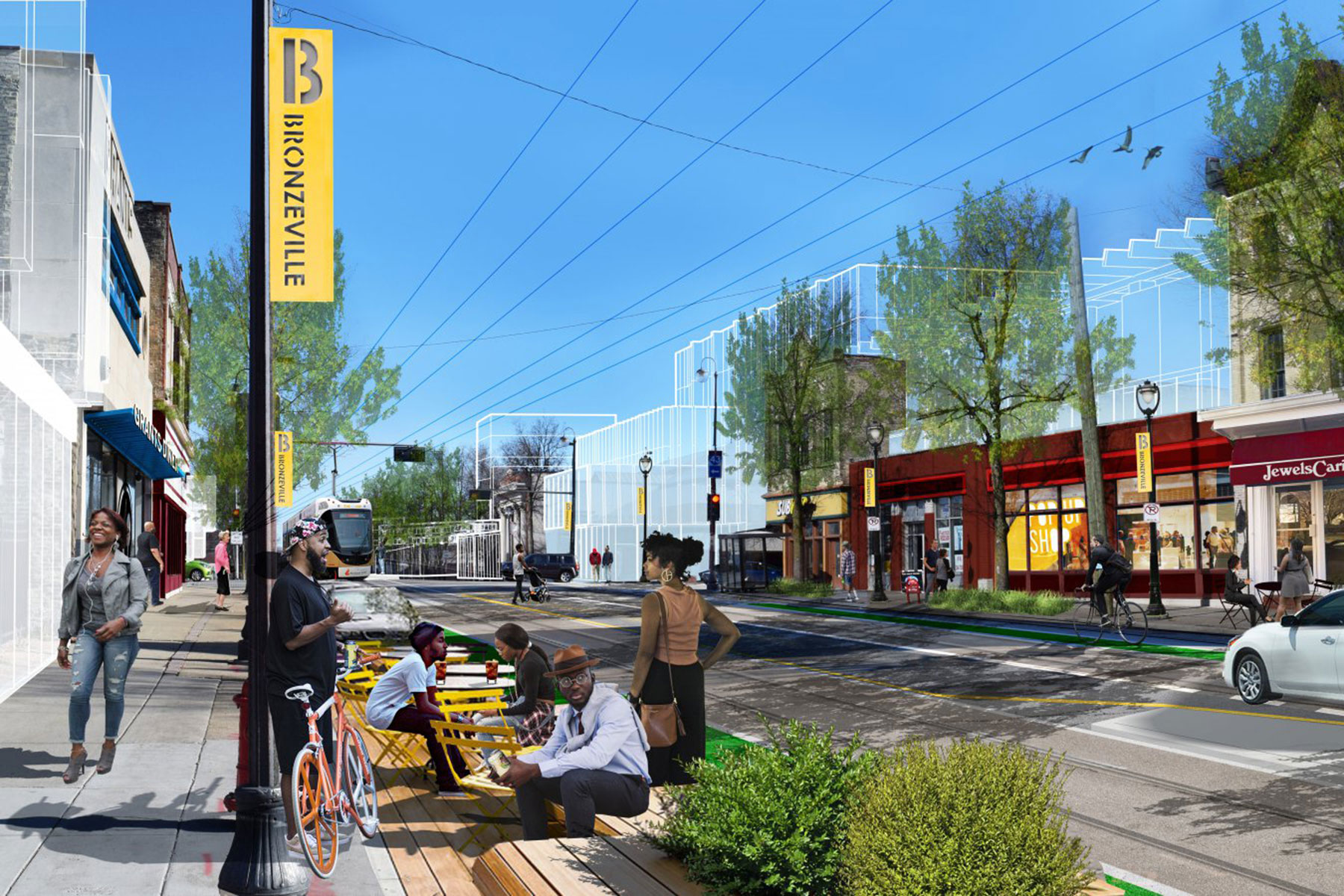Facing housing affordability pressures, the City of Saint Paul engaged HR&A to develop an anti-displacement and community wealth-building strategy. HR&A provided the City with tools and strategies to mitigate displacement while supporting new development.
Since 2014, Saint Paul has undergone several transit improvements and redevelopment projects, which have sparked real estate investment pressures in surrounding communities and raised concerns about housing and commercial affordability. In response to these challenges, HR&A helped the City to develop an anti-displacement and community wealth-building strategy that simultaneously addressed the City’s need for new housing development and identified tools and strategies intended to minimize displacement risk for its existing residents and small businesses. The team identified changes in demographics, housing supply, housing demand, affordability, and small business presence over the last decade to assess displacement risks and trends citywide and in various Saint Paul neighborhoods.
Through engagement with a community advisory committee consisting of representatives of local businesses, community organizations, and local developers, HR&A was able to supplement its quantitative analysis with direct insights on the current housing and business challenges faced by residents across the city. HR&A used these findings to inform its review of potential tools and strategies that the City could deploy to mitigate displacement and tested the feasibility of those tools and strategies through financial analyses of prototypical developments.
As part of this work, HR&A analyzed the potential for an inclusionary zoning policy in the city, as well as the role the new citywide rent stabilization ordinance was playing in anti-displacement efforts. HR&A provided the City with an extensive list of recommended tools, policies, and strategies that could be deployed to mitigate displacement while still supporting new development and investments within Saint Paul.
Explore
Explore HR&A’s Existing Conditions Report
Press
St. Paul looks for ways to curb displacement — Finance and Commerce
Photo: Mississippi River Walk – City House- Credit Visit Saint Paul









